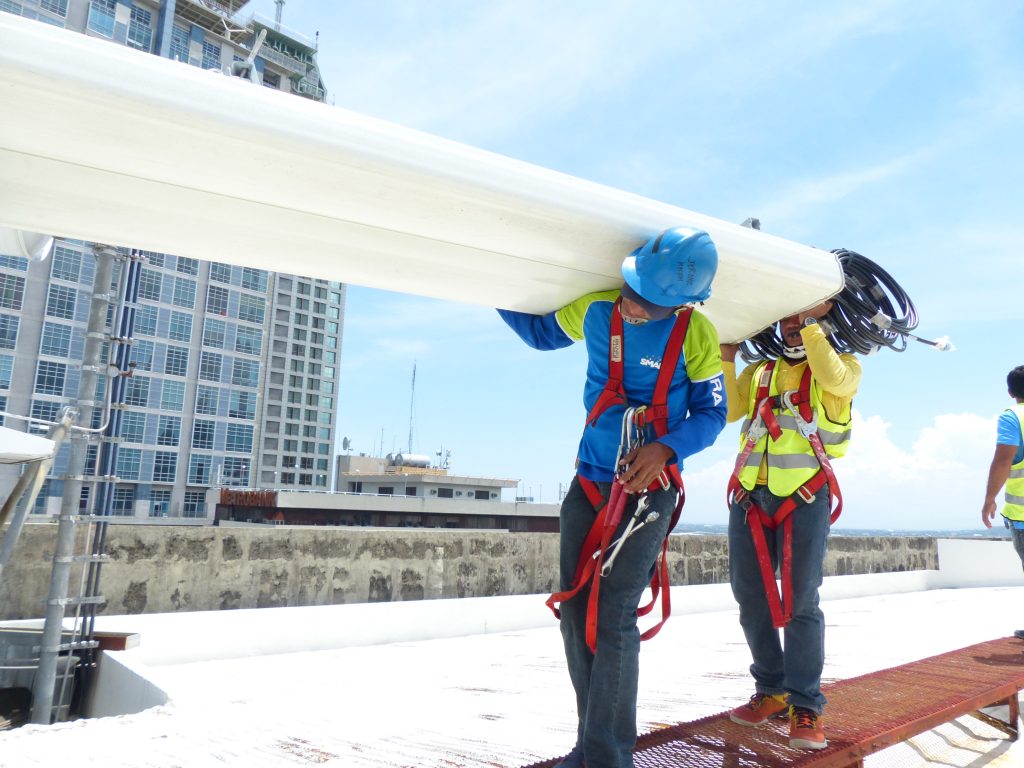Amid its continued network roll-out, PLDT wireless subsidiary Smart Communications, Inc. maintained its lead in LTE speeds nationwide, according to the latest report by wireless coverage research firm OpenSignal.
OpenSignal also cited a “big increase” in the availability of Smart LTE compared to six months ago, improving by 12 percentage points to 52.71%.
“Smart held onto OpenSignal’s 4G speed award with an average download of 10.6 Mbps, increasing slightly over the last six months,” OpenSignal said in its report released yesterday. “By virtue of the big increase in its availability score, Smart was able to deliver its faster LTE connections to customers more often,” it added.
“PLDT and Smart continue to lead the way to improving internet and digital services for Filipinos all over the country by improving our networks and making the best video, social media and gaming experience more accessible to our customers,” said Eric R. Alberto, PLDT Group Chief Revenue Officer.
“Apart from improving the network, Smart is also setting the pace in putting LTE within the reach of our customers by helping them shift to LTE devices to experience our improved network,” Alberto added.
Enabled by improved networks, Smart is also going “beyond access” and offering relevant content and services through data offers bundled with subscriptions to top streaming sites iFlix and iWant TV. Smart has also partnered with top handset manufacturers like MyPhone, Oppo, Samsung, Vivo and Starmobile to encourage customers to shift to LTE handsets, particularly those running on 700 MHz.
Smart has already finished its LTE rollout in the country’s top urban hubs Metro Cebu and Metro Davao, while it is currently ongoing in Metro Manila.

Fastest LTE in PH
A previously released J.P.Morgan Asia Network Quality study, which also used data from OpenSignal, also cited Smart’s “significant lead in LTE speeds” across all areas.
According to the J.P.Morgan study, which covered the months April to June, Smart maintained its lead in LTE download speeds nationwide at 11 Mbps, while it also led across areas: In Metro Manila (12.9 Mbps average download speed vs competition’s 7.6 Mbps), in South Luzon (9.5 Mbps vs 6.2 Mbps), and in the Visayas (8.3 Mbps vs 6.3 Mbps).
Moreover, these figures were also bolstered by results of internal tests conducted recently, which showed the average download speed on Smart’s LTE service at 21.5 Mbps in North NCR areas, and at 14.4 Mbps in South NCR areas. Smart LTE media speeds were at 17.6 Mbps in Metro Cebu.
“Smart is bringing LTE to more areas in the Philippines, making Smart’s fastest LTE service available to more Filipinos,” said Mario G. Tamayo, PLDT and Smart Senior Vice President for Network Planning and Engineering.
Smart has committed to roll out LTE to 95% of the country’s cities and municipalities by end-2018.
LTE, an all-IP network, delivers superior experience for users, particularly for data. It can also be quickly upgraded to LTE-A, which can provide even faster speeds and greater capacity to subscribers who are using LTE SIMs on LTE-capable handsets.
Network roll out
Alongside its LTE expansion program, Smart is also rolling out carrier-grade Smart Wifi in high-traffic public places all over the country, such as transportations hubs like MRT-3 and LRT-1 stations, major airports, bus terminals and seaports across the country, as well as in schools, government buildings, hospitals, malls and entertainment centers.
This comprehensive network modernization and expansion program is at the core of the PLDT group’s digital pivot. Smart’s network rollout took a big bulk of PLDT’s ramped-up capital expenditure program of P42.8 billion for 2016, which included the utilization of the new frequencies freed up with the acquisition of San Miguel Corporation’s telco assets.

